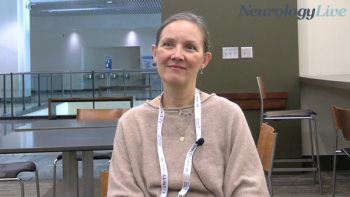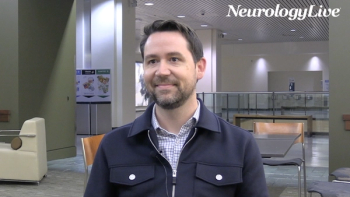
Optimizing Patient Selection for CAR T-Cell Therapy
A key opinion leader in hematology and oncology shares insights on factors to consider for optimal patient selection and treatment sequencing, such as thresholds for tolerability, renal function, and cardiac ejection fraction.
Amit Patel, BSc, MBBS, PhD: Optimal patient selection and sequencing are important considerations for potential CAR [chimeric antigen receptor] T candidates. If we think about patient selection, it’s important to remember that autologous CAR T-cell therapy is not high-dose therapy, so it is not the same as autologous stem cell transplantation and is also not the same as allogeneic stem cell transplantation. In other words, the lymphodepleting chemotherapy is not likely to cause significant organ impairment and is likely to be deliverable to patients who are much older and more comorbid than those patients who would not be otherwise suitable for autologous allogeneic stem cell transplant.
When somebody has either been refractory or has relapsed after first-line therapy, that’s the time to think whether somebody is likely to be a candidate for CAR T therapy. If they’re not a candidate for autologous stem cell transplant, then they will have second-line therapy but invariably will relapse. By that point, that patient at the earliest opportunity should be put on a CAR T treatment pathway. Arguably, that patient is already on a CAR T treatment pathway if they have relapsed or not responded to first-line therapy and are unable to be considered a candidate for autologous transplant.
For patients who have relapsed/refractory disease after first-line therapy who are potential autologous stem cell transplant candidates from a fitness perspective, those patients will go on to receive platinum-based salvage therapy. Unfortunately, half of patients will not respond to salvage and therefore will transition to an autologous CAR T therapy treatment pathway. For those patients who do respond, some patients will still end up not being able to go on to receive autologous stem cell transplant because either they can’t have peripheral blood stem cell harvest undertaken or undertaken in a timely manner such that they have disease that hasn’t relapsed within that time frame. Those patients will then end up moving to an autologous CAR T treatment pathway. You can see now that the majority of patients could be considered potential autologous CAR T patients in the relapsed and refractory setting for DLBCL [diffuse large B-cell lymphoma].
In terms of patient selection, there is no upper age limit for this therapy because it’s not high-dose therapy; it’s an immune effector cell therapy. The chemotherapy is not limiting, and really it’s the ability to tolerate adverse effects, including cytokine release syndrome and neurotoxicity. We also know that in terms of patient selection, lower thresholds can be applied for renal function. For example, the EBMT [European Society for Blood and Marrow Transplantation] recommendation is a creatinine clearance of 30 mg/g. We also know that lower cardiac ejection fraction is tolerated, so the EBMT recommendation is also lower than what we would typically accept for autologous or allogeneic stem cell transplant.
It’s important to remember that these potentially nontransplant-eligible patients, of which there are lots in the relapsed/refractory setting, are candidates for autologous CAR T therapy. The other way I would think about this is really anybody who has DLBCL who failed first-line therapy should be considered for autologous CAR T therapy, and that consideration should be actively excluded if somebody is not suitable.
TRANSCRIPT EDITED FOR CLARITY
Newsletter
Stay at the forefront of cutting-edge science with CGT—your direct line to expert insights, breakthrough data, and real-time coverage of the latest advancements in cell and gene therapy.











































